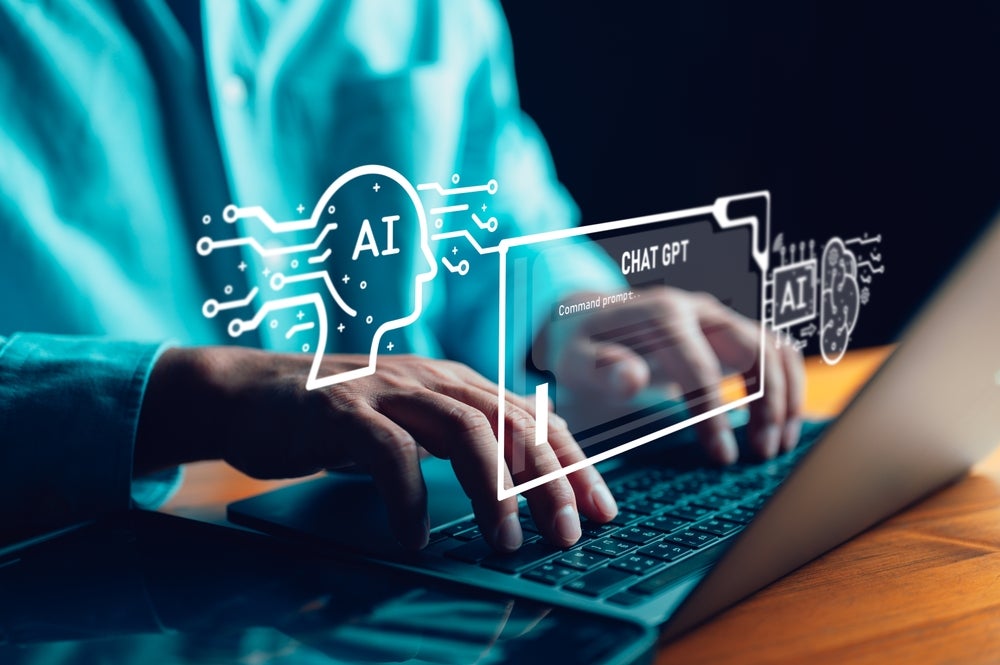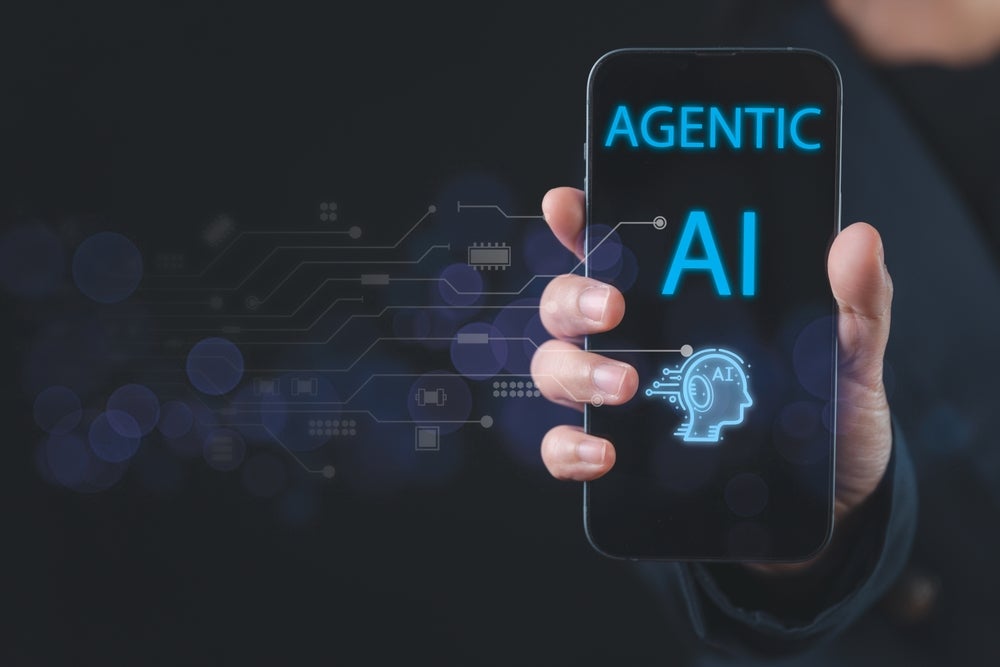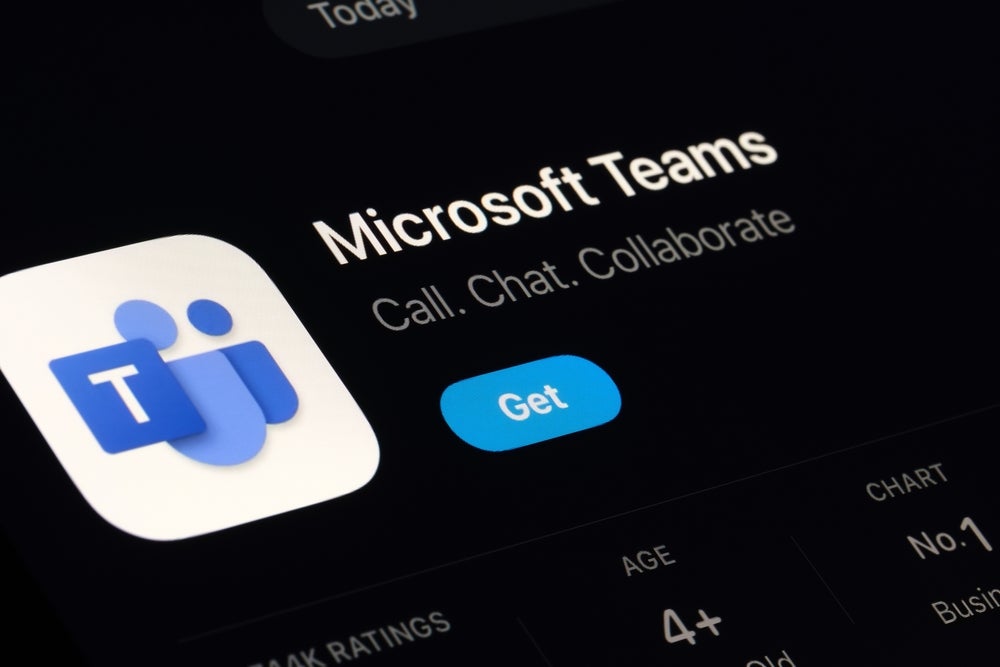Verdict lists the top five terms tweeted on artificial intelligence (AI) in Q4 2021, based on data from GlobalData’s Technology Influencer Platform.
The top trends are the most mentioned terms or concepts among Twitter discussions of more than 150 AI experts tracked by GlobalData’s Technology platform in Q4 2021.
1. Robotic Process Automation (RPA) – 2,120 mentions
Common functions of RPA, and AI and machine learning (ML) allowing organisations to streamline their operations, were some popularly discussed topics on RPA in Q4 2021.
Giuliano Liguori, CEO of Kenovy, an IT services and consulting company, further shared an article on understanding the use cases and applications of RPA across industries. The article highlighted how RPA is used by businesses to streamline customer or employee boarding, updating customer relationship management (CRM), and other processes and to feed data into systems to automatically extract relevant data. Businesses also use RPA in web scraping and navigation through websites, job scheduling, data processing, automated software testing, and in IT and system administration tasks.
The article detailed that the future of RPA is hyper-automation, which typically involves the application of advanced technologies such as AI and ML to automate processes. Intelligent document processing, supervised ML and virtual assistants and chatbots are some of the areas of applications for hyper automation, the article highlighted.
In another tweet, Elitsa Krumova, a technologist, discusses how technologies such as AI and ML present prospects for cost optimisation in manufacturing by streamlining processes and identifying growth opportunities. Robotic sensors, for example, are being deployed in production to identify and assess defects in the manufacturing process in real time, thereby reducing scrap and downtime in the production line and hence costs, the article noted. AI and more specifically ML is also being used to identify maintenance needs of plants, besides analysing historical data to improve forecasts, enhance profit margins, and predict the needs of the supply chain, the article detailed.

US Tariffs are shifting - will you react or anticipate?
Don’t let policy changes catch you off guard. Stay proactive with real-time data and expert analysis.
By GlobalData2. Metaverse – 512 mentions
Metaverse being one of the biggest AI trends this year, technologies such as AI, virtual reality (VR), and crypto enabling the metaverse, were some of the popular discussions in the fourth quarter.
Spiros Margaris, a venture capitalist and futurist, shared an article on metaverse being among the seven biggest AI trends in 2022. Experts believe that AI will be a key enabler for the metaverse or the 3D virtual environment, which will allow users to create and live in their own digital spaces just like they would do in real life, the article detailed. Another theory suggests that humans will be able to share these digital spaces with AI machines for carrying out various tasks and activities within those environments.
Metaverse was also mentioned in a discussion related to how technologies such as augmented reality (AR), VR, crypto, and AI are serving as enablers for the metaverse. Mario Pawlowski, CEO of iTrucker, shared an article on living in the metaverse being similar to living inside the Internet. The article detailed how this alternate VR environment opens the door to more entertainment avenues and economic avenues. Research claims that the metaverse market will be worth $800bn by 2024. The article noted that the advancements in AI, and especially Neuromorphic computing, which is the speeding up of the steps to artificial general intelligence (AGI), may create a metaverse where AI and humans will be indistinguishable from each other.
3. SDGs – 469 mentions
AI and ML are transforming the future of renewable energy, and a framework that assesses the social impact of AI, were popularly discussed in Q4.
Catherine Adenle, a certified change management professional, shared an article on how AI and ML are changing the renewable energy industry. The article detailed that power companies are leveraging AI and ML to make better forecasts, schedule maintenance, and even manage their grids. AI and ML are helping companies in analysing current weather data and compare it with historical weather data to provide accurate forecasting, which in turn is used to manage the energy systems. The technologies are also playing a key role in grid management, by predicting energy consumption of households that helps in preventing outages and wastage. Finally, the technologies help in predicting the condition of the power grids, thereby notifying customers about outages or maintenance works in time. The utilities industry is harnessing the power of AI and ML through solutions provided by companies, such as Microsoft Azure, Amazon Web Services (AWS), Google Cloud, DeepMind and IBM Watson.
In another tweet, Kirk Borne, chief science officer at Data Prime, an IT services and consulting firm, discussed how AI researchers developing solutions that help in achieving sustainability goals. Researchers from the Montreal AI Ethics Institute, for example, have released a framework that is designed to assess the social impact of AI through methods such as compute-efficient ML. In addition, an IBM project provides farm cultivation references from digital farm “twins” that mimic the future soil environments of real live crops, while other researchers are working with AI-generated images to help understand climate change.
Likewise, WattTime, an environmental tech non-profit, is automating the time period when electric vehicles (EVs), appliances, and thermostats are active based on the availability of renewable energy to reduce the carbon footprint of households. The Stanford Sustainability and Artificial Intelligence Lab has also released a benchmark dataset called the SustainBench, which helps in monitoring sustainable development goals (SDGs), including health, education, and agriculture, using ML, the article noted.
4. Telehealth + eHealth – 353 mentions
The adoption of AI technologies in healthcare to improve patient outcomes and diagnosis, and a new research suggesting that people have become more comfortable with telehealth services even before the pandemic, were popularly discussed topics in Q4 2021.
Even Kirstel shared an article on the opportunities for AI in healthcare. The article detailed that AI is increasing access to new diagnostic tools and resources for doctors and medical practitioners, which is resulting in quicker outcomes and that can match their clinical know-how. However, the technology will not reduce the need for clinicians, but will assist in enhancing clinical diagnostics and decision making, the article detailed.
AI provides both qualitative and quantitative data based on the input fed, in order to improve the accuracy of the diagnosis, early detection of conditions, treatment recommendations, and predicting outcomes. AI systems work in real time, thereby enabling frequent updates that present better opportunities for accuracy and relevance of the findings. AI is being applied on a smaller scale in telehealth tools, which help in patient monitoring from home and aids in preventing high-risk situations and reducing hospital admissions, the article highlighted.
In another tweet, Spiros Margaris, shared a study carried out by the US software company Nuance on how patients in the UK have become comfortable with telehealth services and tools even before the Covid-19 pandemic. The article detailed how one-fifth of the patients are turning to virtual interactions with their medical professionals as trust in technologies such as AI has grown.
The study revealed that 17% of the UK patients chose to speak to their doctors through technology, rather than taking an appointment in person. Likewise, about 64% of the patients in the UK preferred to receive medical advice and recommendations in person before the Covid-19 pandemic, while just 16% had preferred using the phone and 4% video technologies to consult with their doctors, the article detailed.
The study also found that 47% of the respondents chose to rely only on face-to-face appointments today. In addition, 47% of the respondents stated that they were now comfortable with remote consultations through technologies at home, and 15% stated that they were ‘very comfortable’ receiving remote medical advice, the article highlighted.
5. Cryptocurrency – 134 mentions
ML solving critical blockchain and cryptocurrency-related issues, and assessing ML models in Ethereum, were some of the popular discussions in Q4 2021.
Asokan Ashok, CEO of UnfoldLabs, a product development company in mobile and cloud platform technologies, shared an article on how ML techniques are solving some critical security issues related to cryptocurrency and blockchain. ML techniques can be used in the blockchain industry for trading as trading bots that are used in the stock market are run by ML algorithms. Reinforcement learning can, therefore, help create cryptocurrency trading strategies for a lucrative and adaptive experience.
ML can also be used to optimise cryptocurrency mining efforts and to avoid the wrong use of mining resources, the article noted. Therefore, traditional reinforcement learning algorithms can increase the rewards with improved mining cryptocurrency strategies. The article further highlighted that deep learning can help in tackling cryptojacking that is common in the case of large computing infrastructures used by governments and academic institutions. Deep learning helps identify malicious programmes that are meant to take complete control over computing resources. ML, therefore, holds the key to all the security concerns related to blockchain and cryptocurrency by optimising all backend functions of crypto mining and trading, the article detailed.
The term was also discussed by Elitsa Krumova on how ML models can be evaluated in the Ethereum blockchain. The chart highlighted how a buyer first creates a new contract, which is published in the Ethereum blockchain. An ML engineer then downloads the data and trains an AL/ML model, which is submitted and run on Ethereum using the data set. If the model meets the criteria of the contract, it is sent to the buyer and the ML engineer receives the payment. The article detailed that this incentivises the building of better ML models, making AI more accessible to firms and software representatives.








